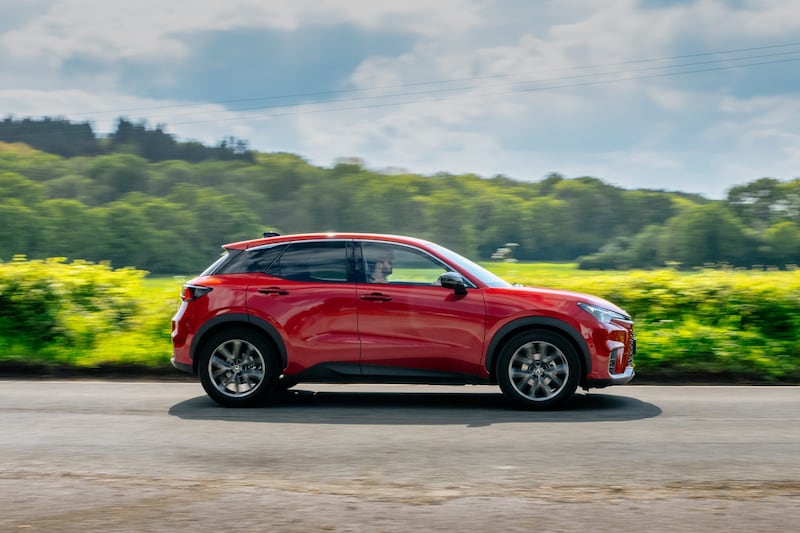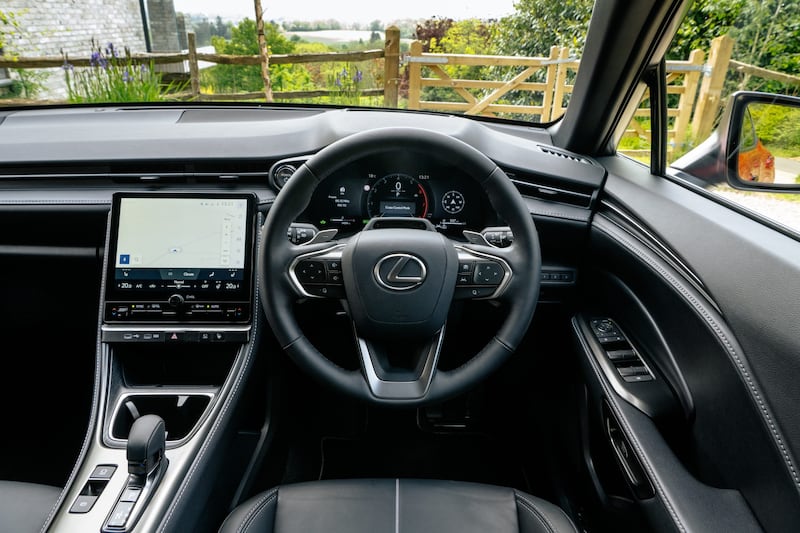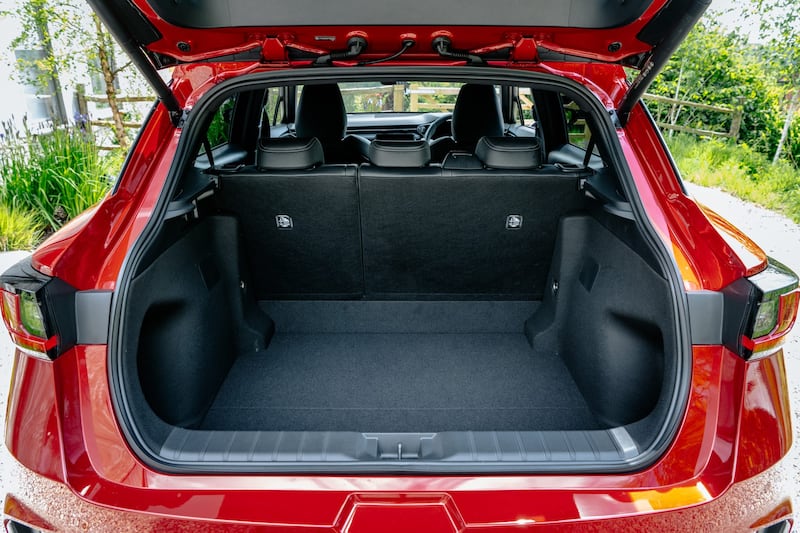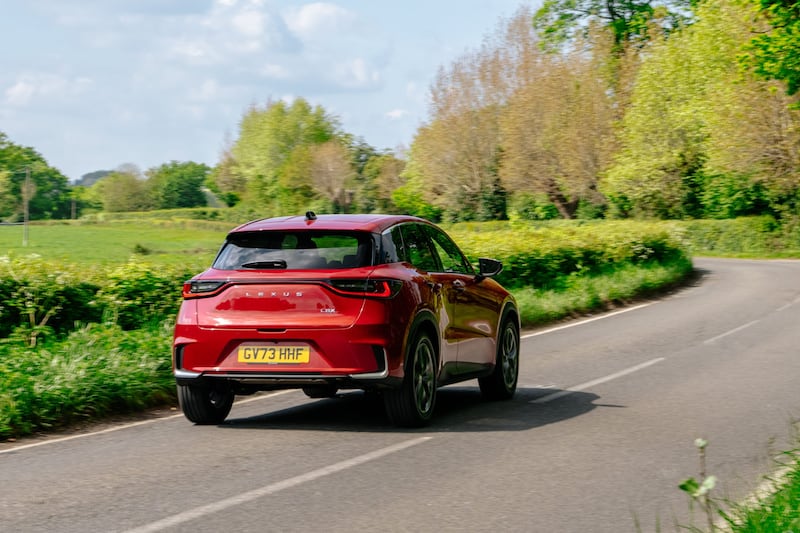Small premium cars. It’s one of motor industry’s greatest fallacies – one upon which so many promising premium brands have come a cropper.
The recipe seems ridiculously simple: take the ingredients for a luxury car and apply them to a much smaller model.
The result should be a resplendent little runaround, ideal for the growing cohort of well-heeled motorists who neither need nor desire a big bulky car. They can sate their eco-conscience by downsizing, while retaining all the creature comforts. And the car company can make a healthy profit.
Sounds logical, right? Many ill-fated car executives have travelled down this road and burned billions of euros in the process. The greatest problem is that a handful succeed, thereby feeding the ambitions of others.
READ MORE
The reality of the car market is that making money on small cars is a real struggle. By the time you’ve added all the mandatory safety equipment and some of the modern tech that buyers expect on cars these days, the price is already high enough to make some budget buyers’ eyes water.
One route around this might be to dress it up in premium treats, but there is no escaping the showroom test. That’s where a buyer stands back and mentally compares the price of the car with its size, and contrasts that with a similarly priced – but much larger – mainstream car.
Lexus has dabbled in this market before, with its CT200h hybrid hatchback. It was greeted favourably by the market even if some critics complained about the small boot and lacklustre performance.
This time Lexus has embraced the crossover trend with its newest entry-level offering. First impressions are certainly good.

It’s a squat little crossover, but carries enough traits of the RX to define itself as a Lexus in the rear-view mirror of other traffic. And for all its modest footprint on the road, Lexus has pulled off a design trick – courtesy of the multiple indents and creases – that creates a small car that looks more sizeable than its actual stature.
Inside, however, is where the magic happens. Lexus has rightly focused on the front-seat occupants and treated them to the same levels of comfort and refinement you get on the full-blown siblings.
From the slick centre touchscreen with its crisp layout and fonts, through to the soft leather seats and well-fitted trims throughout, this has the sense – and smell – of a luxury car. If it wasn’t for the size.

There is no getting away from the fact that it’s snug. Perhaps not for a small car, but certainly for a luxury one. And then there is the rear seat. The bench is adequate for an adult bottom, but the legroom is at a real premium. Even when the front-seat occupants give up some of their kneeroom, the rear-seat occupants are still rubbing up against the back of the seats.
For an empty nester required to do the occasional emergency school run, it will be fine. For someone who has to haul family members over any sort of distance, it’s going to be a struggle.
In contrast, at the back, the bootspace is decent at 402 litres, which expands to a handy 994 litres.

Clearly, when Lexus engineers were imagining the likely owners, these were folks who looked for luxury touches, space for ample shopping and a little golf, but carried rear-seat passengers only as a last resort.
Built on the same petrol-electric hybrid underpinnings as the Toyota Yaris and Yaris Cross, this could be seen as the selfish choice for small crossover buyers.
Those Yaris features weigh heavily on its on-road performance. The 1.5-litre petrol hybrid engine is impressively economical.
[ How to be an empty nester: Cultivate a new meaningful life for yourselfOpens in new window ]
Lexus boast various figures about how much time you will spend in electric mode, courtesy of the little 1kWh battery pack, but we did find that around town we were clocking up a surprising amount of silent EV driving.
Our Elegant trim LBX delivered circa 5.0 L/100km in a mix of motorway and rural driving, and it matches up with other mainstream rivals hoping to catch up on the Japanese car giant’s years of hybrid nous.
But the key word there is mainstream: it lacks the luxury refinement you’d expect of a Lexus, both in terms of the road noise in the cabin and the driving engagement.
Push down the throttle and, above 3,000rpm, the engine starts to whine. On a more positive note, the Japanese car giant is finally getting its CVT transmissions to marry better with the power delivery, even when it’s just a 1.5-litre engine as here.

With steering tuned to suit snappy commuter traffic, it can feel light and disengaged on the open road. Similarly, the suspension set-up seems tuned for the city streets rather than potholed rural roads, where you might hit a bump at 80km/h rather than 40km/h. Whereas the LBX can rightly claim to be a Lexus in terms of styling and interior finish, it’s more akin to its Toyota roots on the road.
When you weigh up all these traits, you are faced with the price tag of €40,000. That may be on a par with rivals such as the Audi Q2 and less than you’d pay for the slightly larger Toyota C-HR, another car designed with empty-nesters in mind. But you can’t escape comparisons with the Yaris Cross, which starts at €31,365.
That’s a big price walk to accommodate the premium badge and those extra luxury interior touches. Yet like those car executives who fell foul of the small premium car fallacy, I still believe there is a market out there for a luxury small car for buyers who know they don’t regularly need all that extra unused rear-seat space. They want the priority to be on the front-seat occupant, invariably the person who spent their hard-earned cash on the car.
Lexus has delivered for these customers in terms of design and interior, if missing out on driving fun.
Lowdown: Lexus LBX Elegant
Power: 1.5-litre three-cylinder petrol engine with 69kW motor and 1.0kWh lithium-ion battery producing 136hp and powering the front wheels via a CVT automatic transmission.
CO2 emissions (annual motor tax) 102-108g/km (€180).
Fuel consumption: 4.5l/100km (WLTP)
0-100km/h: 9.2 secs.
Price: €40,420 as tested, LBX starts from €39,440
Our rating 3/5.
Verdict: A small Lexus from the outside, a proper Lexus from the front seats, but more of a Toyota on the road.














